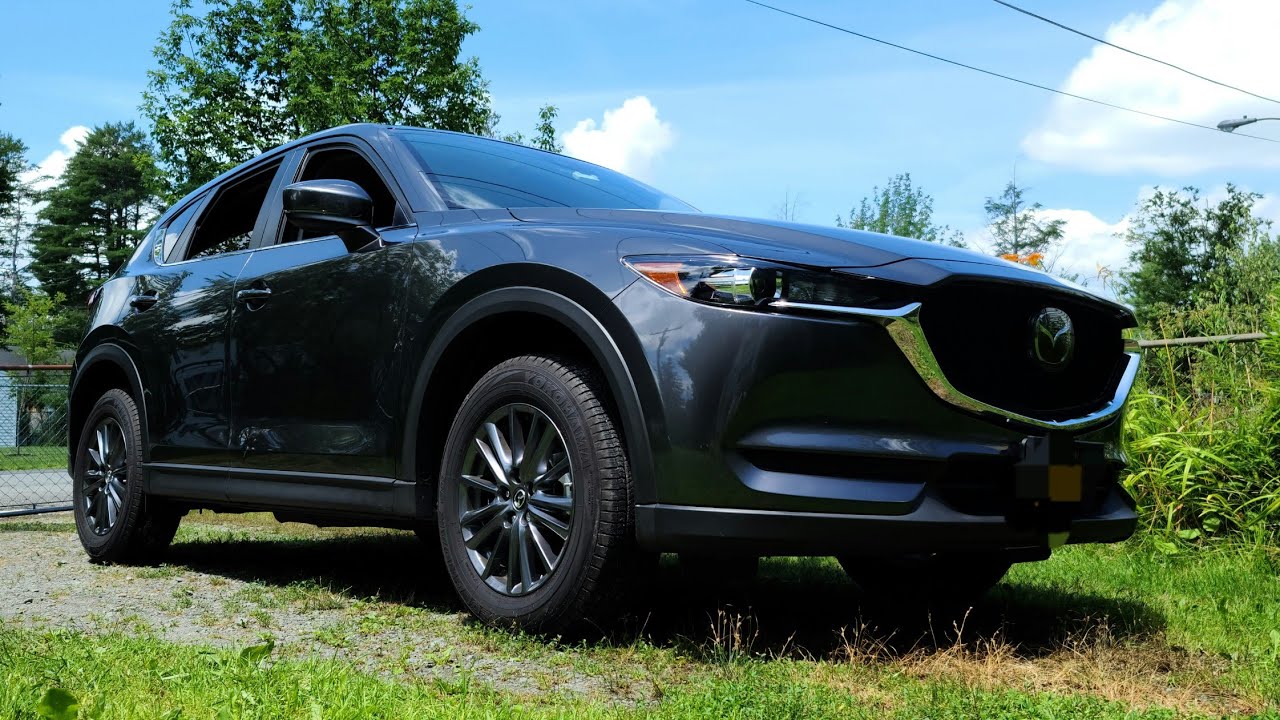1
181962
Here are some speculations that might be worth considering.
The TCF and DSC systems monitor conditions 200 times per second. Minute, repeated, undetectable application of the brakes may be applied with TCF on. That's one theory for why some drivers see meaningful mpg gains with TCF OFF. It would also account for why some owners report premature brake wear.
Something else now comes to mind. In repeated testing of the Lane Keeping / Lane Departure, as often as not my vehicle does not detect lines on the left under optimal conditions, whether double yellow, broken yellow, white on expressways, as I very gradually sidle up to and over them when the systems should engage. Other functions that use the forward facing camera work fine, so I discount camera miscalibration. Is some minute TCS / DSC braking putting LS / LD in standby based on some unique factor in my vehicle when these systems do not activate when they should?
Some folks do not encounter this issue of LK / LD not activating. Or as one poster I recall reported, his fails to detect white shoulder lines on the right without complaints about lines on the left. Mine's the opposite--fine with those shoulder lines.
How to account for the differences? Is it conceivable that tiny adjustments with tiny amounts of braking monitored 200 times per second vary from vehicle to vehicle depending on tiny factors like road smoothness, condition of the tires and brakes, or even performance adjustment codes in the PCM since engine torque adjustments are factored into TCF/DSC on vs. off? Could how much weight is in the vehicle, or even how it is distributed, make a difference?
Could Mazda engineers answer these questions? Maybe, maybe not. It's highly doubtful these varying conditions have been tested. Is there one Mazda mind with a comprehensive understanding of all the code and the hardware involved in all aspects of these systems that interact with each other? No. Nothing would ever get done. There would be an overall architecture but various engineers work on specific pieces, software and hardware. All the meetings and note comparisons in the world won't get you to a perfect integration on paper. Integration problems might get uncovered in testing and they get fixed as best they can without a major redesign. I seriously doubt testing of new tires vs. worn ones, for example, is performed in product testing and even if it was perfecting a system for optimal operation under both conditions might not be possible.
Of course there's no practical advice to be gleaned from this noodling, so carry on.
The TCF and DSC systems monitor conditions 200 times per second. Minute, repeated, undetectable application of the brakes may be applied with TCF on. That's one theory for why some drivers see meaningful mpg gains with TCF OFF. It would also account for why some owners report premature brake wear.
Something else now comes to mind. In repeated testing of the Lane Keeping / Lane Departure, as often as not my vehicle does not detect lines on the left under optimal conditions, whether double yellow, broken yellow, white on expressways, as I very gradually sidle up to and over them when the systems should engage. Other functions that use the forward facing camera work fine, so I discount camera miscalibration. Is some minute TCS / DSC braking putting LS / LD in standby based on some unique factor in my vehicle when these systems do not activate when they should?
Some folks do not encounter this issue of LK / LD not activating. Or as one poster I recall reported, his fails to detect white shoulder lines on the right without complaints about lines on the left. Mine's the opposite--fine with those shoulder lines.
How to account for the differences? Is it conceivable that tiny adjustments with tiny amounts of braking monitored 200 times per second vary from vehicle to vehicle depending on tiny factors like road smoothness, condition of the tires and brakes, or even performance adjustment codes in the PCM since engine torque adjustments are factored into TCF/DSC on vs. off? Could how much weight is in the vehicle, or even how it is distributed, make a difference?
Could Mazda engineers answer these questions? Maybe, maybe not. It's highly doubtful these varying conditions have been tested. Is there one Mazda mind with a comprehensive understanding of all the code and the hardware involved in all aspects of these systems that interact with each other? No. Nothing would ever get done. There would be an overall architecture but various engineers work on specific pieces, software and hardware. All the meetings and note comparisons in the world won't get you to a perfect integration on paper. Integration problems might get uncovered in testing and they get fixed as best they can without a major redesign. I seriously doubt testing of new tires vs. worn ones, for example, is performed in product testing and even if it was perfecting a system for optimal operation under both conditions might not be possible.
Of course there's no practical advice to be gleaned from this noodling, so carry on.
Last edited by a moderator:

